Positively blooming: Japanese flowering cherry trees planted at BGS Keyworth to mark the Queen’s platinum jubilee
The walkway of eight trees has been planted in the grounds of BGS headquarters in Keyworth to celebrate Queen Elizabeth II's 70 years on the throne.
31/05/2022 By BGS Press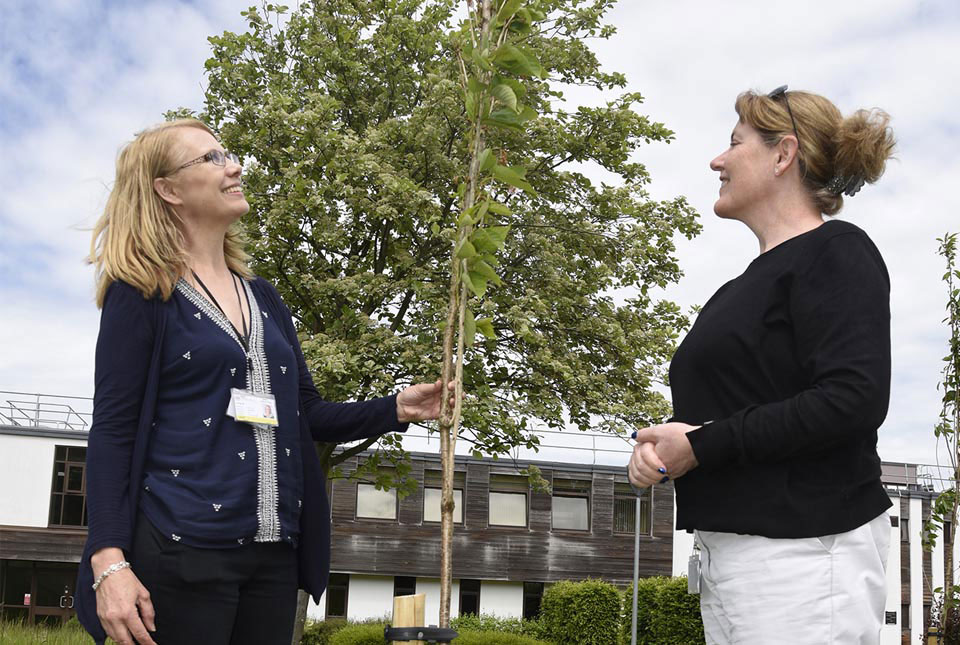
A walkway of eight Japanese Amanogawa pink flowering cherry trees, chosen for their colourful ornamental blooms, has been planted in the grounds of BGS in Keyworth, in celebration of the Queen’s platinum jubilee. The walkway has been created as part of a project called the Queen’s Green Canopy, a nationwide campaign to encourage people to ‘plant a tree for the jubilee’.
A special bench and plaque will be installed near the trees to mark the celebrations in honor of Queen Elizabeth II’s 70th year on the throne.
The Japanese Amanogawa pink flowering cherry is well known for its beautiful and delicate flower display in May and June. The young leaves are a greenish-bronze and, around autumn, they develop a red, orange or yellow tinge. In the years to come, they will develop into spectacular trees and will be a fitting tribute to the Queen’s legacy as the first British monarch to celebrate a platinum jubilee.
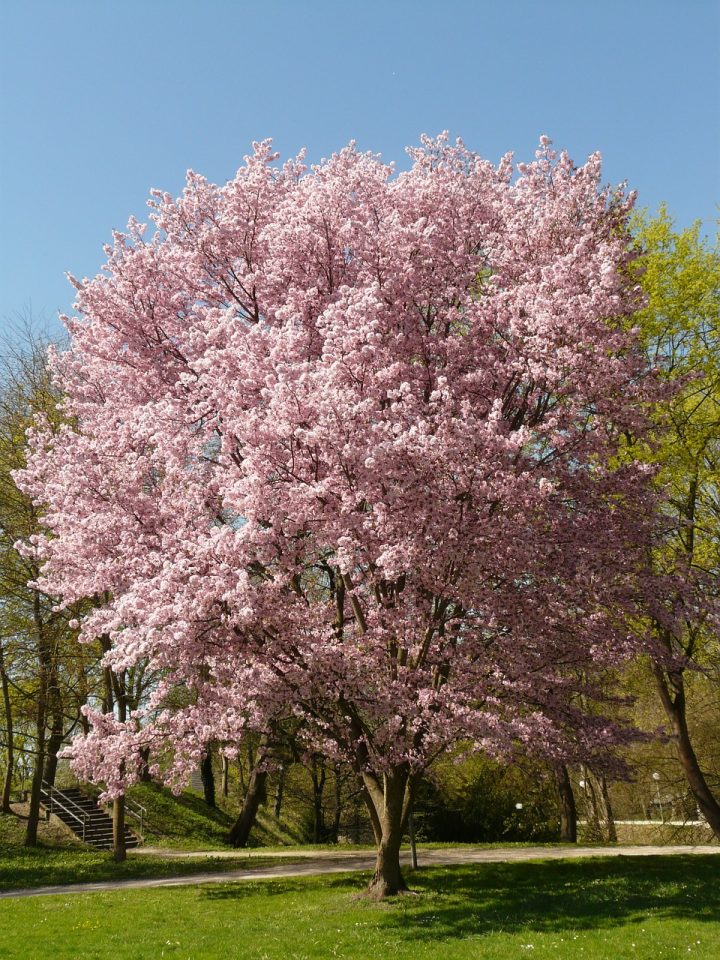
A mature Japanese cherry tree in full bloom. Image by Hans Braxmeier from Pixabay.
The flowers of the Amanogawa (like all plants) contain pollen and nectar, which is used by insects such as bees, butterflies and beetles, as well as small birds. It is hoped that, as the trees mature, they will create a safe and relaxing natural canopy for wildlife, employees and visitors to the site.
The walkway will create a green legacy of its own, with every tree planted bringing benefits for people, wildlife and climate, now and for the future.
BGS Chief Scientist for Environmental Change, Adaptation and Resilience, Melanie Leng.
The planting of the walkway furthers BGS’s development of its sustainability strategy, designed to help BGS reduce its environmental impact through a series of commitments across its estates, travel and working practices, whilst staying at the cutting edge of research.
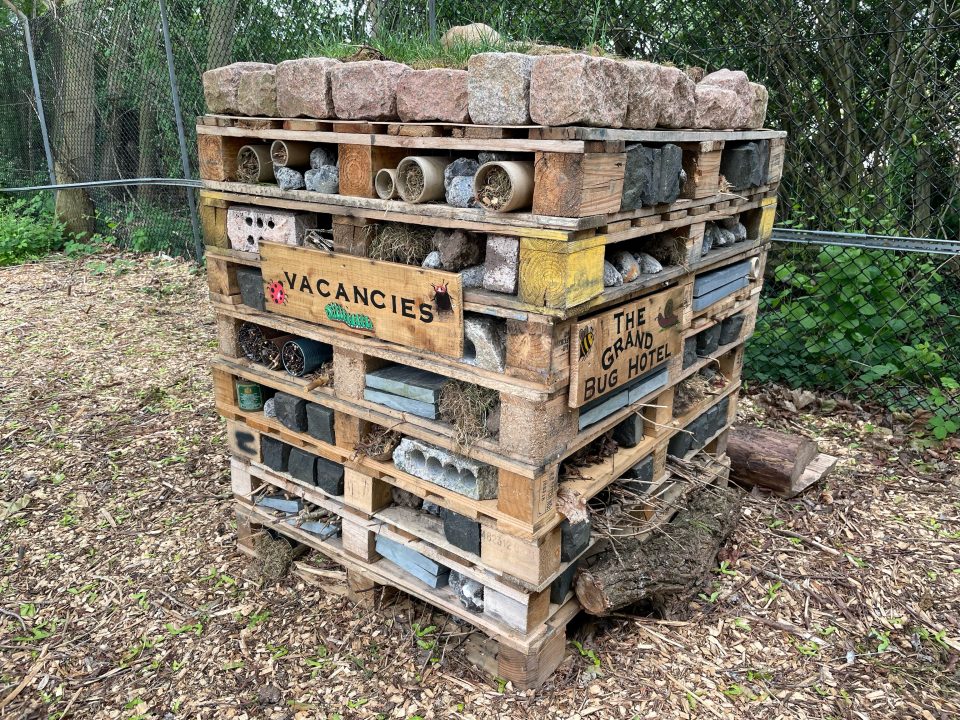
The Grand Bug Hotel at Keyworth. © Melanie Leng.
In recent months, BGS has joined forces with local community volunteers to develop the Mary Ward Nature Area, a small patch of woodland that runs behind the BGS site at Keyworth, accessed from Platt Lane. Over 12 000 spring bulbs were planted, providing a haven for wild animals, insects and birds. A Grand Bug Hotel has also been installed on BGS grounds, using natural waste materials to provide shelter for insects, which in turn will provide food for animals such as toads and hedgehogs.
Relative topics
Related news
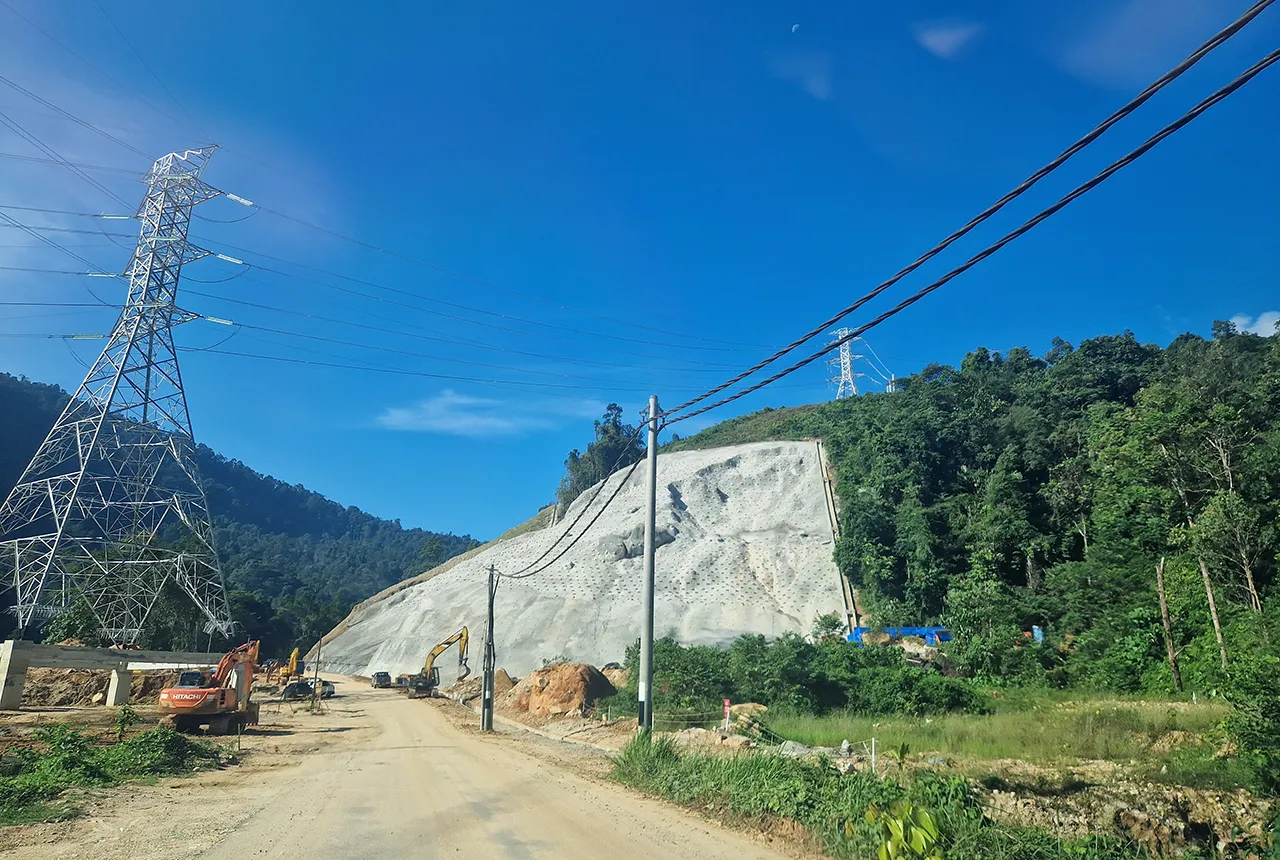
BGS awarded funding to support Malaysia’s climate resilience plan
17/12/2025
The project, funded by the Foreign, Commonwealth & Development Office, will focus on minimising economic and social impacts from rainfall-induced landslides.
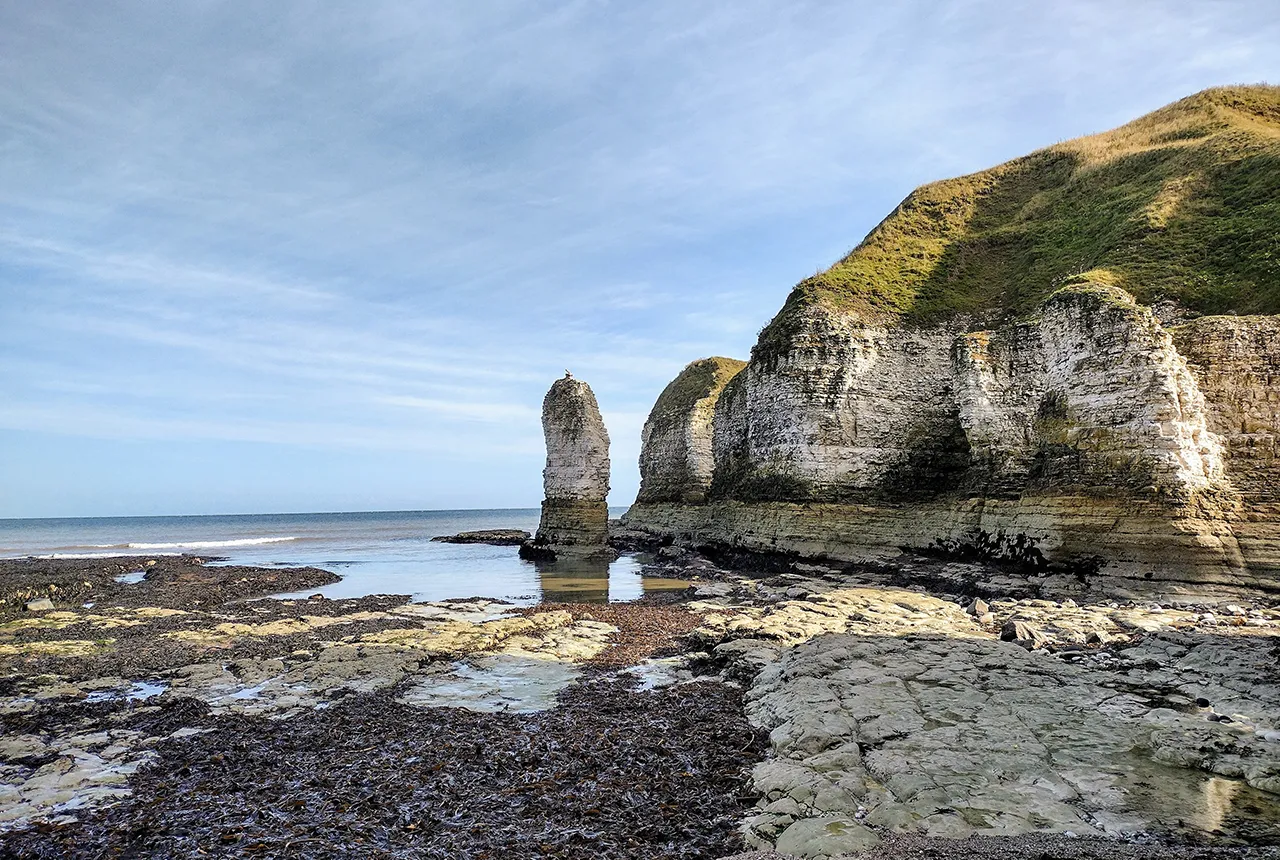
New geological maps of the Yorkshire Wolds to better inform groundwater management and policy decisions
17/12/2025
The new mapping provides crucial data on localised geological issues that may assist in protecting water supplies.
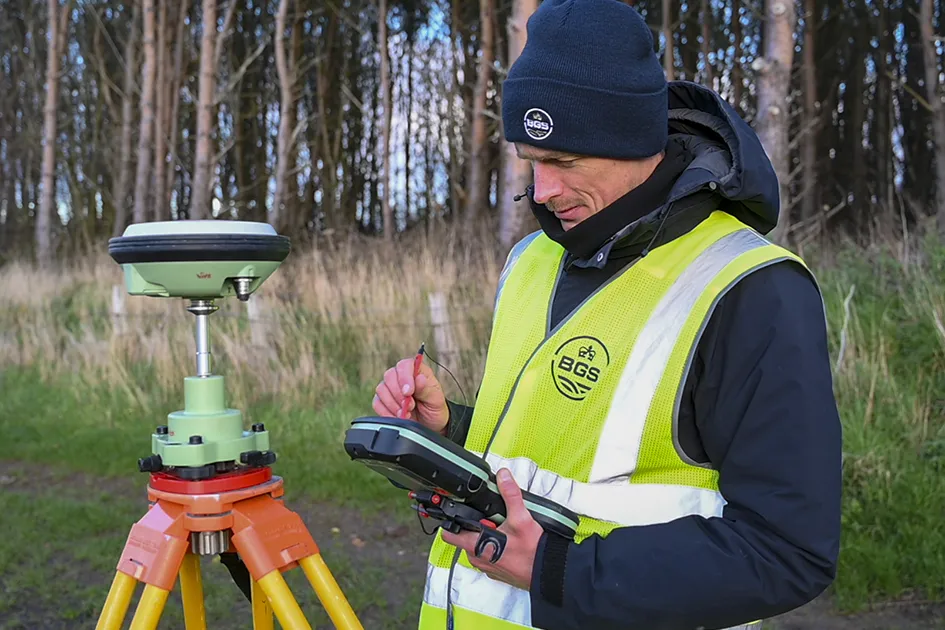
‘Three norths’ set to leave England and not return for hundreds of years
12/12/2025
The historic alignment of true, magnetic, and grid north is set to leave England, three years after they combined in the country for the first time since records began.

BGS agrees to establish collaboration framework with Ukrainian government
11/12/2025
The partnership will focus on joint research and data exchange opportunities with Ukrainian colleagues.
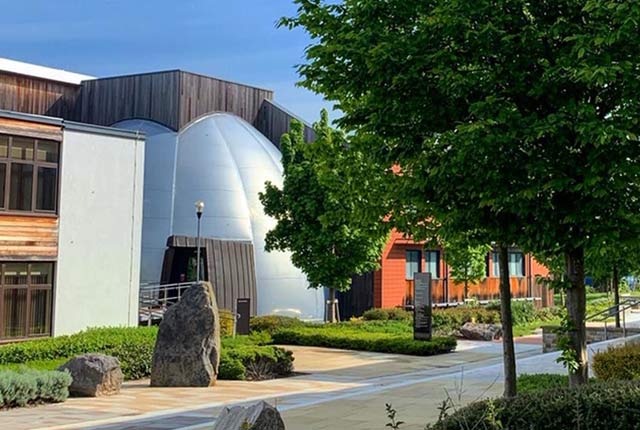
Making research matter: BGS joins leading research organisations in new national initiative
10/12/2025
A new alliance of 35 organisations has been formed that is dedicated to advancing science for the benefit of people, communities, the economy and national priorities.

New 3D model to help mitigate groundwater flooding
08/12/2025
BGS has released a 3D geological model of Gateshead to enhance understanding of groundwater and improve the response to flooding.
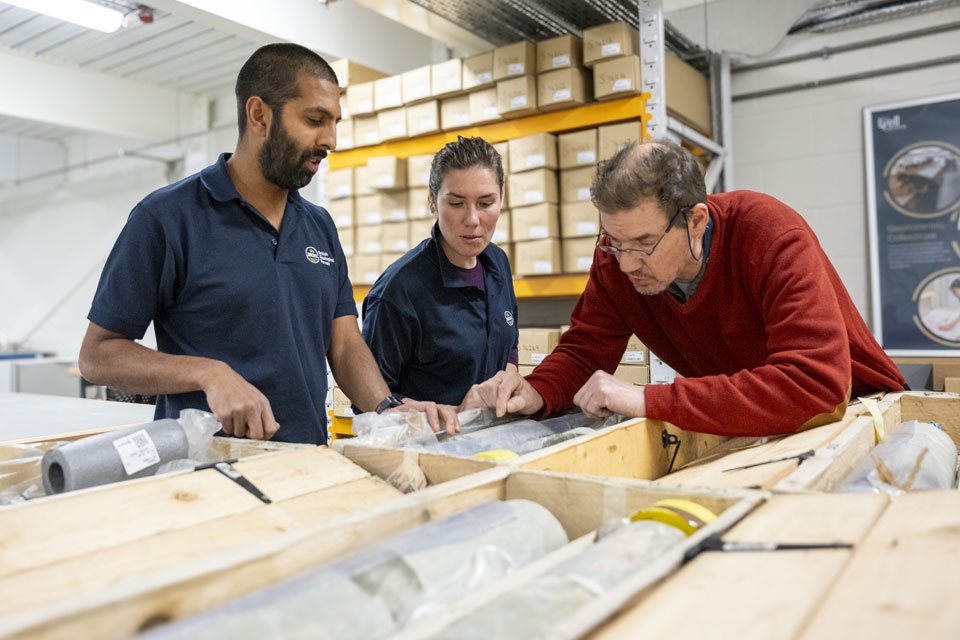
Scientists gain access to ‘once in a lifetime’ core from Great Glen Fault
01/12/2025
The geological core provides a cross-section through the UK’s largest fault zone, offering a rare insight into the formation of the Scottish Highlands.

New research shows artificial intelligence earthquake tools forecast aftershock risk in seconds
25/11/2025
Researchers from BGS and the universities of Edinburgh and Padua created the forecasting tools, which were trained on real earthquakes around the world.

BGS welcomes publication of the UK Critical Minerals Strategy
23/11/2025
A clear strategic vision for the UK is crucial to secure the country’s long-term critical mineral supply chains and drive forward the Government’s economic growth agenda.

New funding awarded for UK geological storage research
21/11/2025
A project that aims to investigate the UK’s subsurface resource to support net zero has been awarded funding and is due to begin its research.
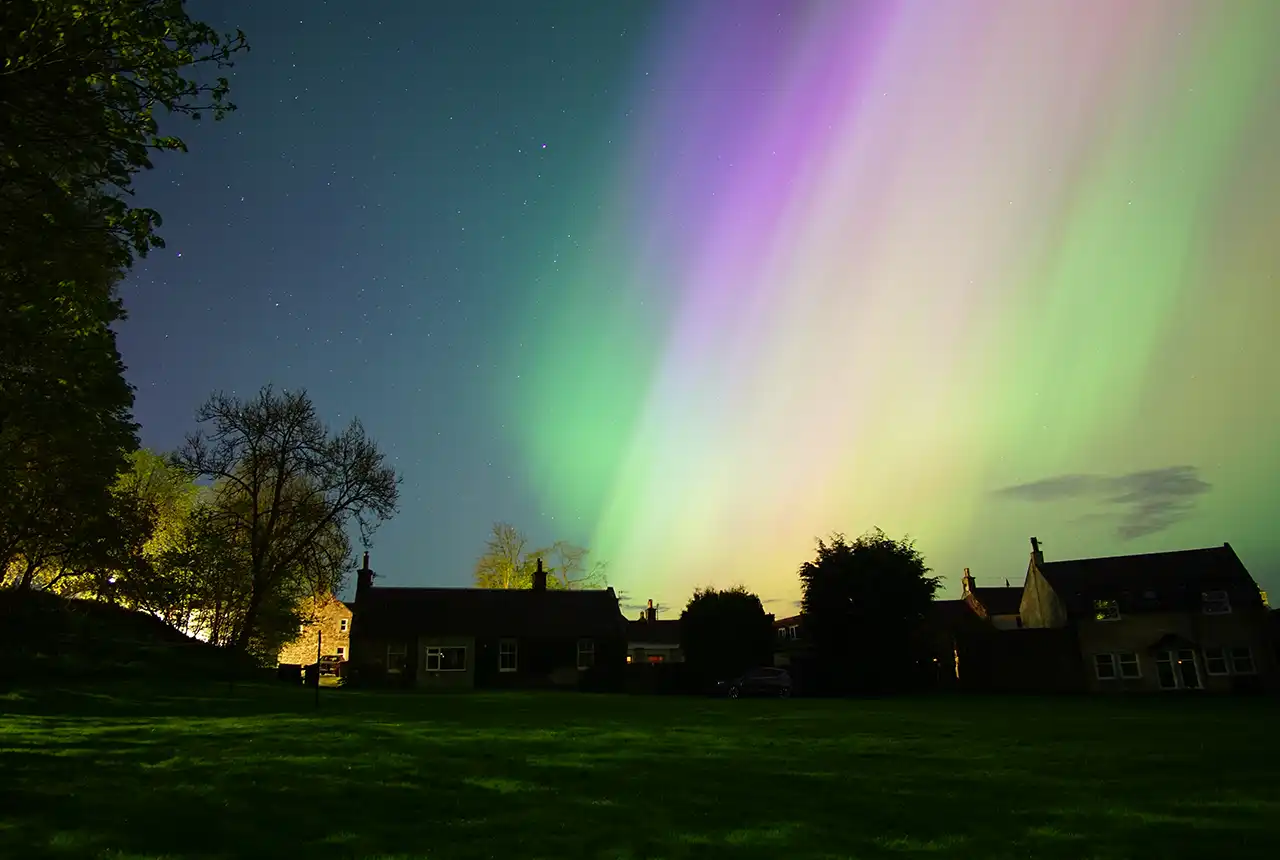
UK braced for what could be the largest solar storm in over two decades
12/11/2025
Intense geomagnetic activity could disrupt technology such as communication systems, global positioning systems and satellite orbits.
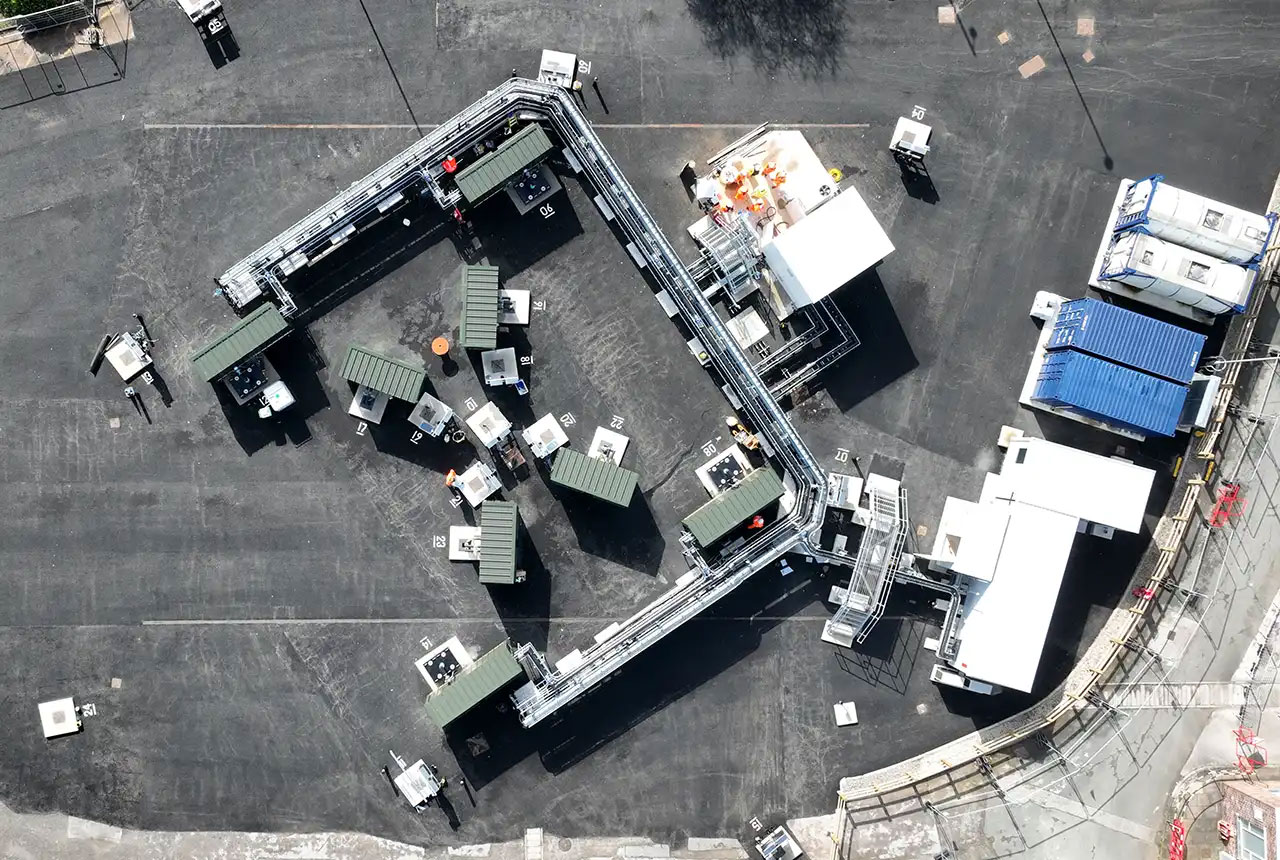
First distributed acoustic sensing survey completed at UK Geoenergy Observatory
12/11/2025
New research at the Cheshire Observatory has shown the potential for mapping thermal changes in the subsurface using sound waves.




